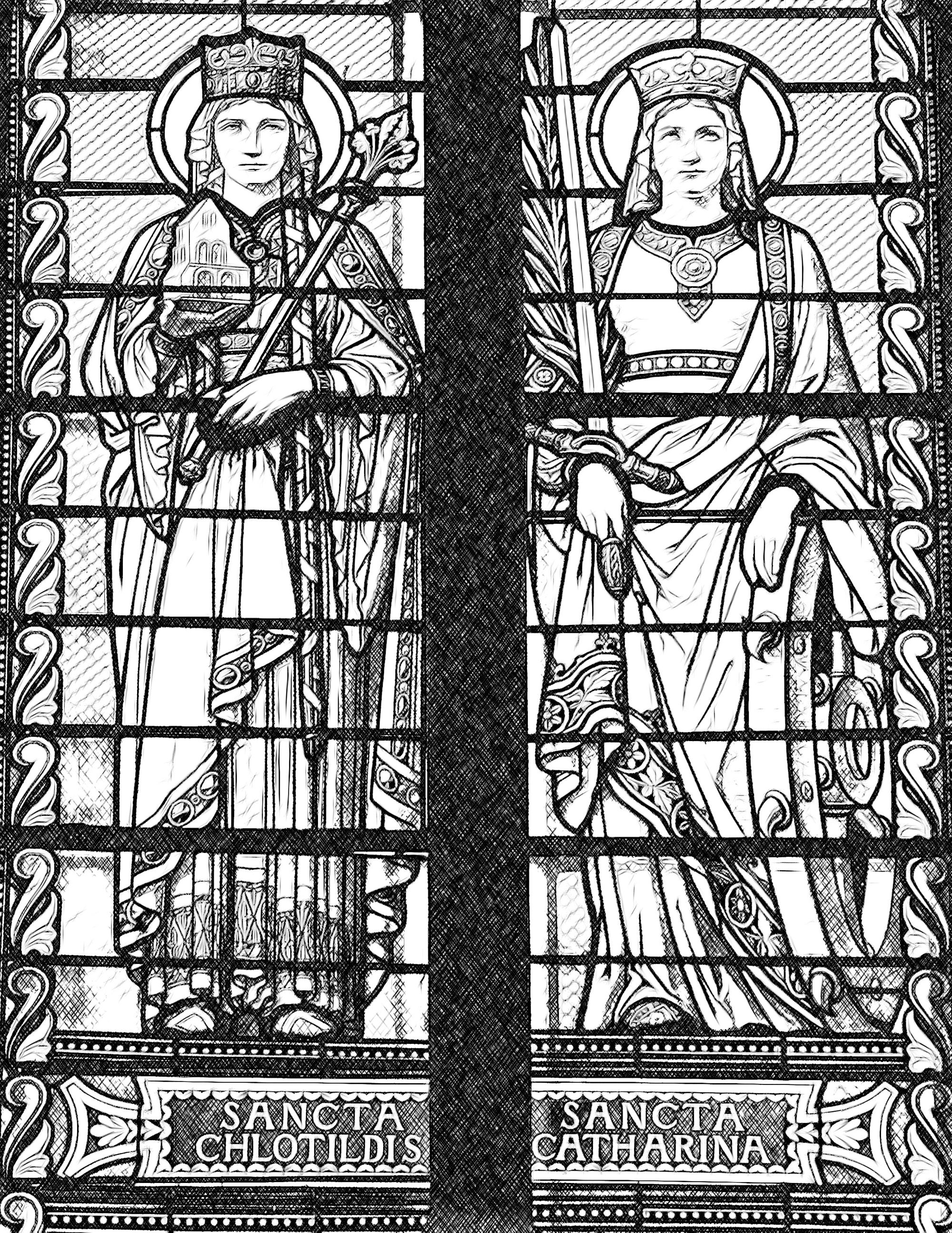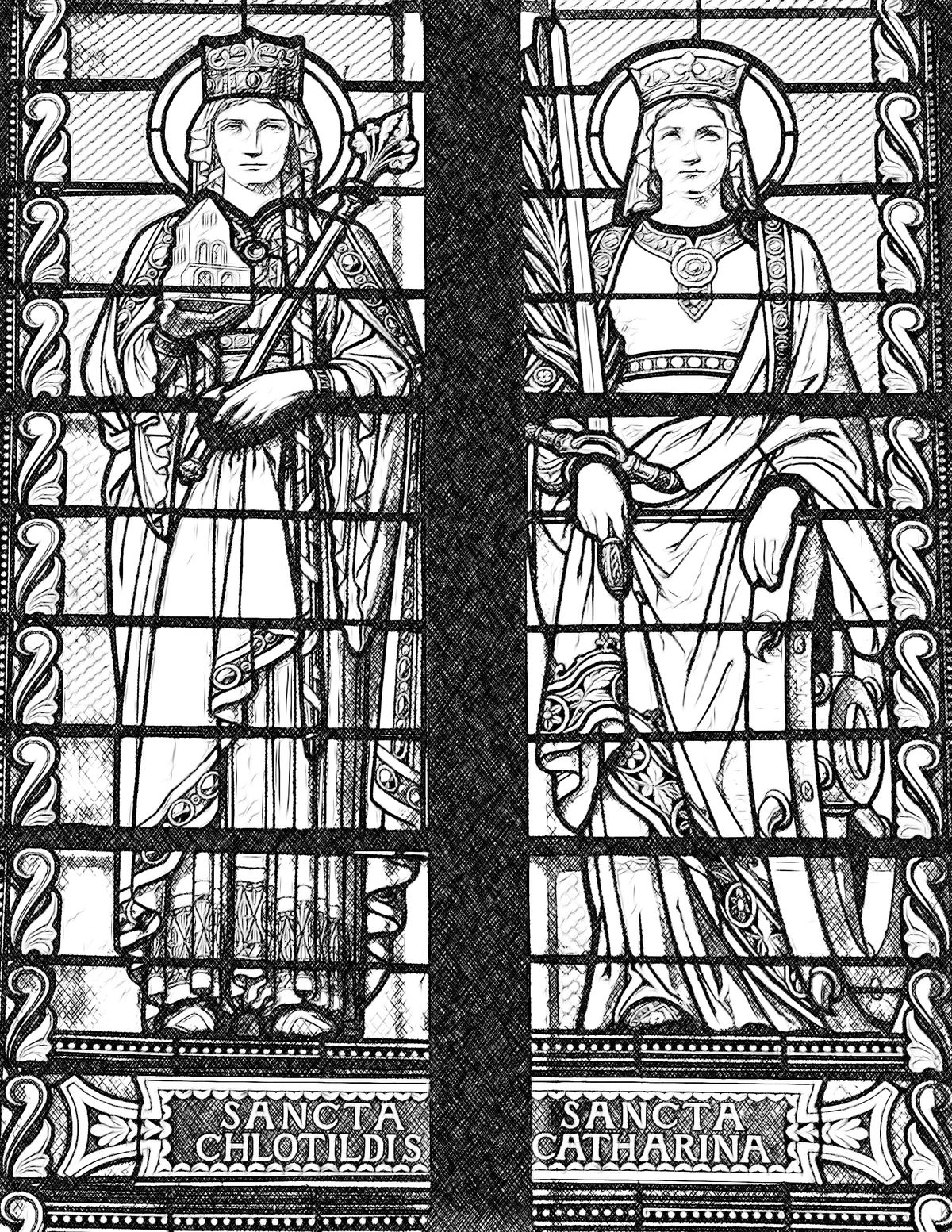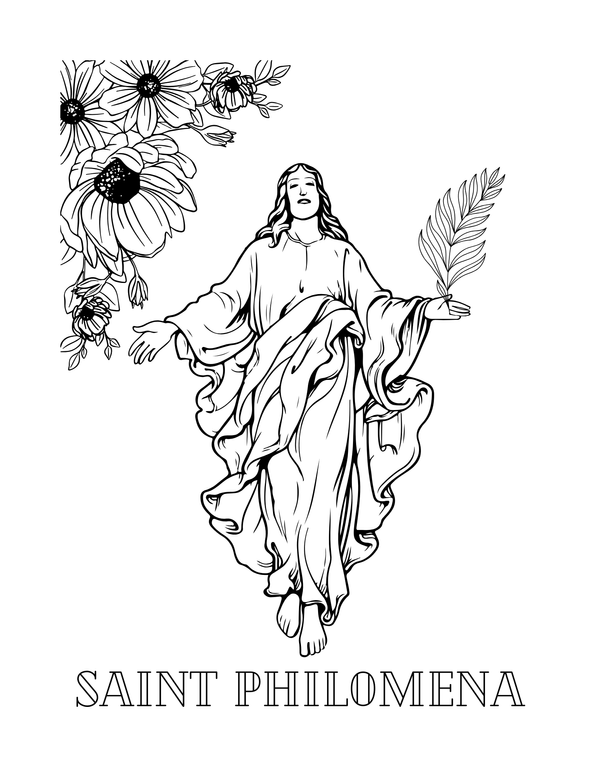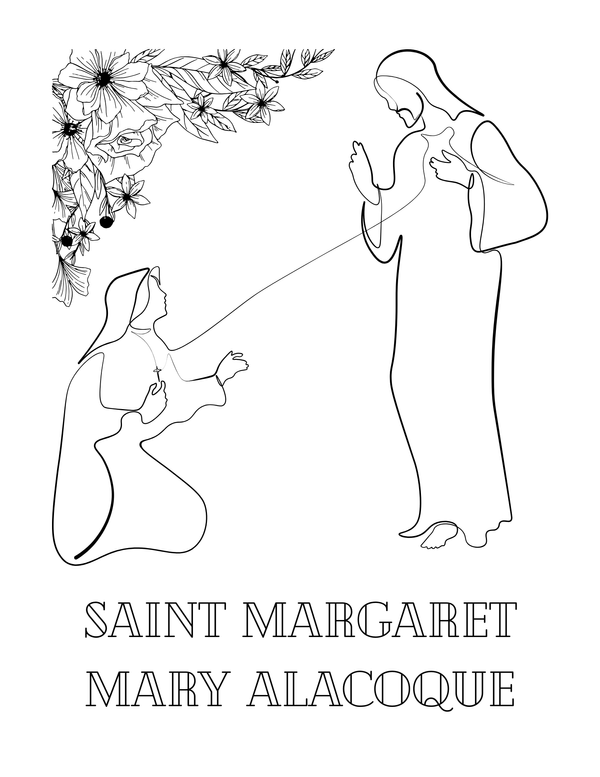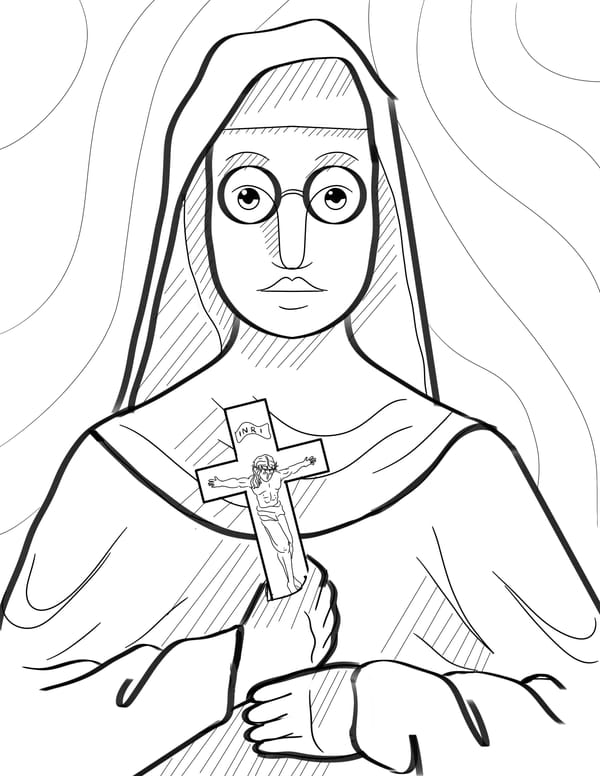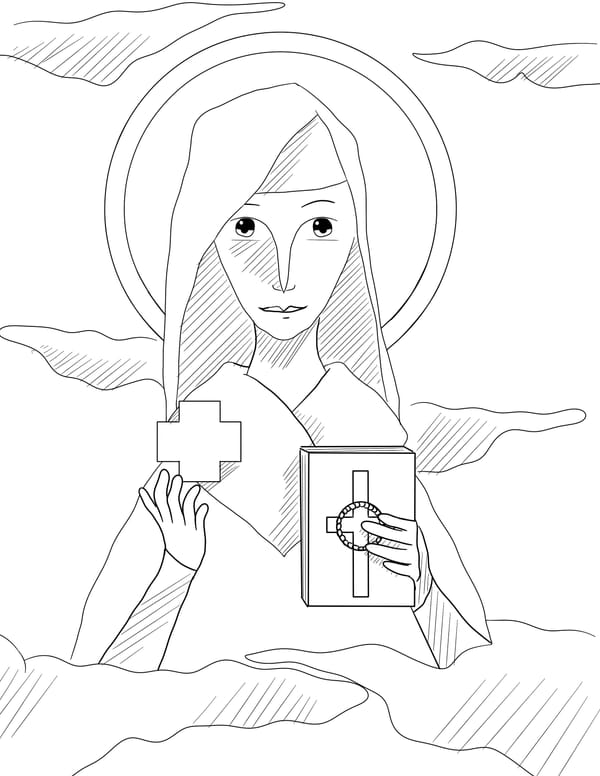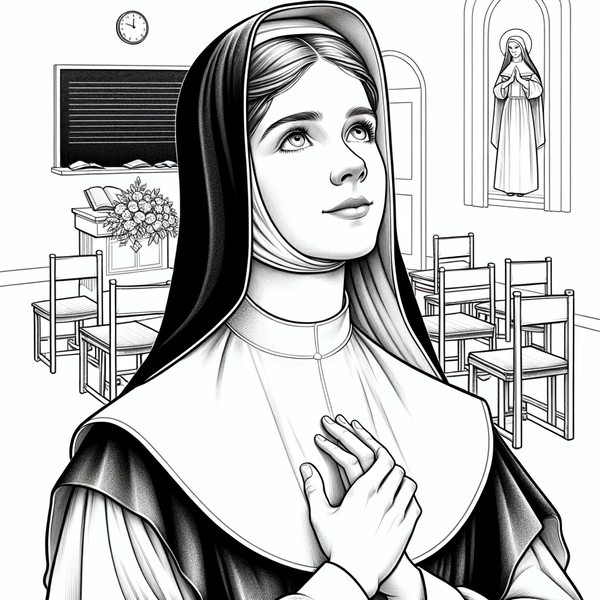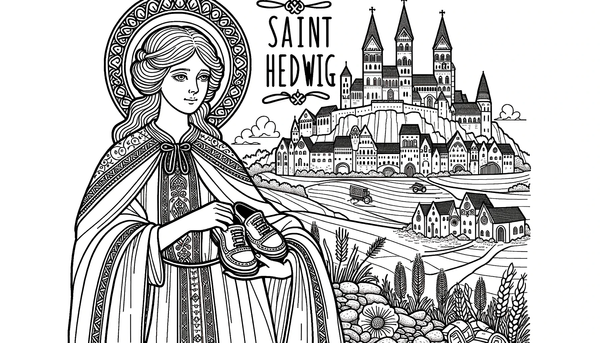Clotilde (c. 474–545), also known as Clothilde, Clotilda, Clotild, Rotilde etc., was a princess of the kingdom of Burgundy. She was supposedly descended from the Gothic king Athanaric and became the second wife of the Frankish king Clovis I (r. 481–509) in 493. The Merovingian dynasty to which her husband belonged ruled Frankish kingdoms for over 200 years (450–758). Venerated as a saint by the Roman Catholic Church as well as by the Eastern Orthodox Church, she played a role in her husband's famous conversion to Christianity and, in her later years, became known for her almsgiving and penitential works of mercy. She is credited with spreading Christianity within western Europe. Her feast day is June 3.
Catherine of Alexandria, or Katherine of Alexandria, is, according to tradition, a Christian saint and virgin, who was martyred in the early 4th century at the hands of the emperor Maxentius. According to the traditional narrative, Catherine was the daughter of Constus, the governor of Alexandria during the reign of the emperor Maximian (286–305). When the persecutions began under Maxentius, she went to the emperor and rebuked him for his cruelty. The emperor summoned 50 of the best pagan philosophers and orators to dispute with her, hoping that they would refute her pro-Christian arguments, but Catherine won the debate. Several of her adversaries, conquered by her eloquence, declared themselves Christians and were at once put to death.
Catherine was then scourged and imprisoned. During her imprisonment more than 200 people came to see her, including Maxentius' wife, Valeria Maximilla; all converted to Christianity and were subsequently martyred. Upon the failure of Maxentius to make Catherine yield by way of torture, he tried to win the beautiful and wise princess over by proposing marriage.
She refused the proposal and the furious emperor condemned Catherine to death on a spiked breaking wheel, but, at her touch, it shattered. Maxentius then ordered her to be beheaded. Catherine herself ordered the execution to commence. After the beheading, a milk-like substance rather than blood flowed from her neck.
More than 1,100 years after Catherine's martyrdom, Joan of Arc identified her as one of the saints who appeared to and counselled her. Her feast day is November 25.
Free Downloads Below
Hi-Res
1200px
800px
Wikimedia Commons : Hélène Rival, Église St Héand Vitraux Clotilde Catherine, Sketched by Shalone Cason, CC BY-SA 4.0
Wikimedia Commons : Hélène Rival (https://commons.wikimedia.org/wiki/File:Église_St_Héand_Vitraux_Clotilde_Catherine.jpg), „Église St Héand Vitraux Clotilde Catherine“, Sketched by Shalone Cason, https://creativecommons.org/licenses/by-sa/4.0/legalcode
